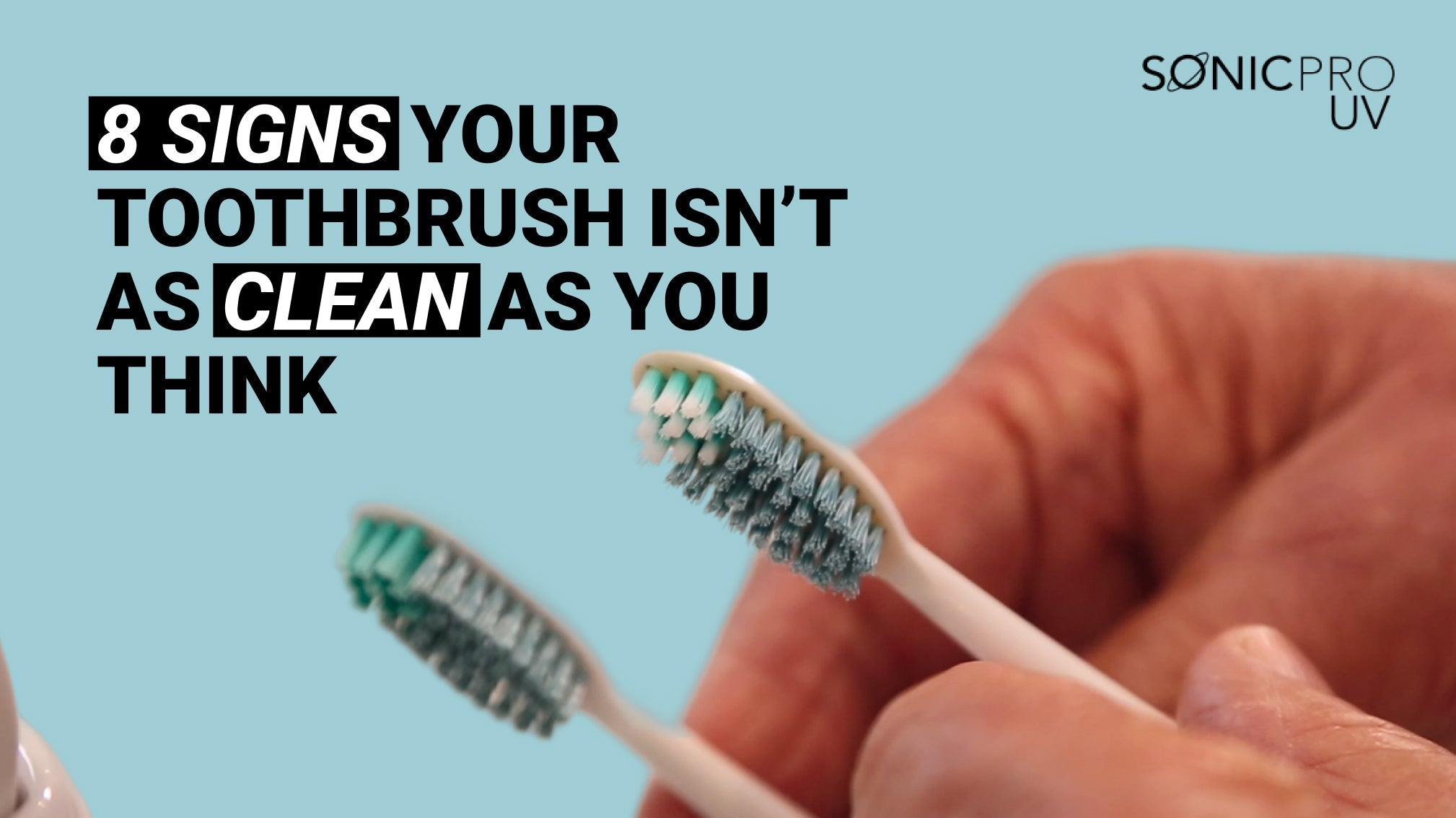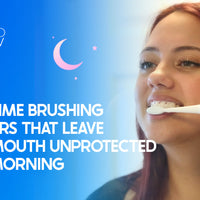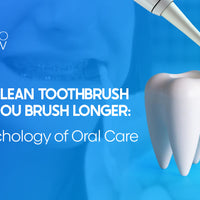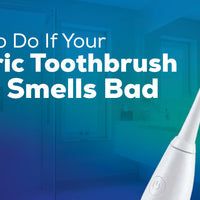Summary
-
A toothbrush can appear clean while still harboring millions of bacteria.
-
Frayed bristles, discoloration, and odors are key indicators of an unclean toothbrush.
-
Illness, aggressive brushing, or an uncertain replacement schedule should prompt immediate replacement.
-
Proper cleaning and storage techniques significantly impact toothbrush hygiene.
-
Upgrading to a UV-sanitizing toothbrush like SonicPro UV offers long-term hygiene benefits.
A toothbrush plays a critical role in daily oral hygiene, but it is often overlooked when it comes to cleanliness. Despite looking visibly clean, toothbrushes can become breeding grounds for bacteria, mold, and germs. These contaminants not only reduce the effectiveness of brushing but also pose a risk to overall oral health.
This article explores the most common signs that a toothbrush is no longer clean or safe to use, how to maintain its hygiene, and why switching to a modern solution like SonicPro UV may offer superior protection.
1. Frayed or Bent Bristles
Frayed bristles are one of the clearest indicators that a toothbrush has reached the end of its useful life.
-
Worn bristles lose the ability to clean plaque and debris efficiently.
-
They may also irritate gums or miss critical areas of the mouth.
-
Dentists recommend replacing the brush or brush head every 3 to 4 months, or sooner if damage occurs.
SonicPro UV includes a brush head replacement reminder, helping users stay on schedule without the guesswork.
2. Discoloration
Discolored bristles should not be ignored, even if the toothbrush appears otherwise functional.
-
Yellowing or dark patches can indicate bacterial contamination or residual product buildup.
-
Color changes often result from improper drying or long-term exposure to toothpaste residue.
The UV sanitizing base of SonicPro UV neutralizes 99.9% of bacteria after each use, helping prevent discoloration caused by microbial growth.
3. Bent Handle
A bent or warped toothbrush handle is a structural issue that can compromise brushing technique.
-
Warping typically results from overuse, excessive pressure, or improper storage.
-
A bent handle may reduce grip control and lead to ineffective brushing.
The ergonomic handle design of SonicPro UV is built for durability and ensures a comfortable, balanced brushing experience.
4. Unpleasant Odor
Any persistent odor coming from a toothbrush is a potential sign of bacterial colonization.
-
Moist environments can promote the growth of odor-producing microorganisms.
-
Even after rinsing, trapped moisture can lead to a musty or sour smell.
By storing the brush upright and using UV-C light technology, SonicPro UV eliminates harmful germs that contribute to unpleasant odors.
5. Teeth Do Not Feel Clean After Brushing
A toothbrush that no longer leaves the mouth feeling clean is likely underperforming.
-
Residual buildup or plaque post-brushing indicates worn-out bristles or microbial interference.
-
This could also suggest improper bristle alignment or poor-quality materials.
With 40,000 sonic strokes per minute, SonicPro UV enhances cleaning efficiency, removing up to 12 times more plaque than manual toothbrushes.
6. Recent Illness
Toothbrushes can retain and transfer germs even after a cold, flu, or infection.
-
Using the same brush after recovering can potentially lead to reinfection.
-
This is particularly concerning in shared environments or households with children.
SonicPro UV's UV base station actively sanitizes the brush head, reducing microbial contamination after each use.
7. Uncertain Replacement Timeline
If it’s unclear when the toothbrush was last replaced, it’s likely due for an update.
-
Toothbrushes should be monitored for wear and replaced regularly.
-
An uncertain timeline increases the risk of using a contaminated or ineffective brush.
SonicPro UV provides a 3-month replacement reminder, ensuring consistent oral hygiene without relying on memory.
8. Brushing Too Hard
Brushing with excessive force accelerates wear and reduces bristle effectiveness.
-
Overbrushing can damage enamel and lead to premature fraying.
-
For those with a heavy hand, brush heads may need replacing every 6 to 8 weeks.
SonicPro UV offers two cleaning modes, allowing users to switch to a gentler option to prevent overbrushing.
When to Replace Your Toothbrush
Knowing when to replace a toothbrush is crucial for preventing bacteria-related oral health issues.
1. Every 3 to 4 Months
Most dental professionals recommend replacing toothbrushes within this timeframe. Bristles begin to weaken, reducing cleaning performance.
2. After Illness
To avoid reinfection or spreading illness, it is best to discard the current toothbrush and use a new one.
3. Visible Wear
Do not wait for the three-month mark if the toothbrush shows signs of visible damage, fraying, or discoloration.
Conclusion
Toothbrush hygiene is often underestimated, yet it plays a critical role in overall oral health. A seemingly clean brush may still carry bacteria, lose its effectiveness, or even contribute to recurring illness. Recognizing signs of wear can help maintain proper dental hygiene. In addition to timely replacement and correct storage, modern technology can simplify this process.
SonicPro UV offers a practical solution with advanced features like UV sanitization, sonic motor efficiency, and smart reminders, making it easier than ever to maintain a clean and effective brushing routine.







